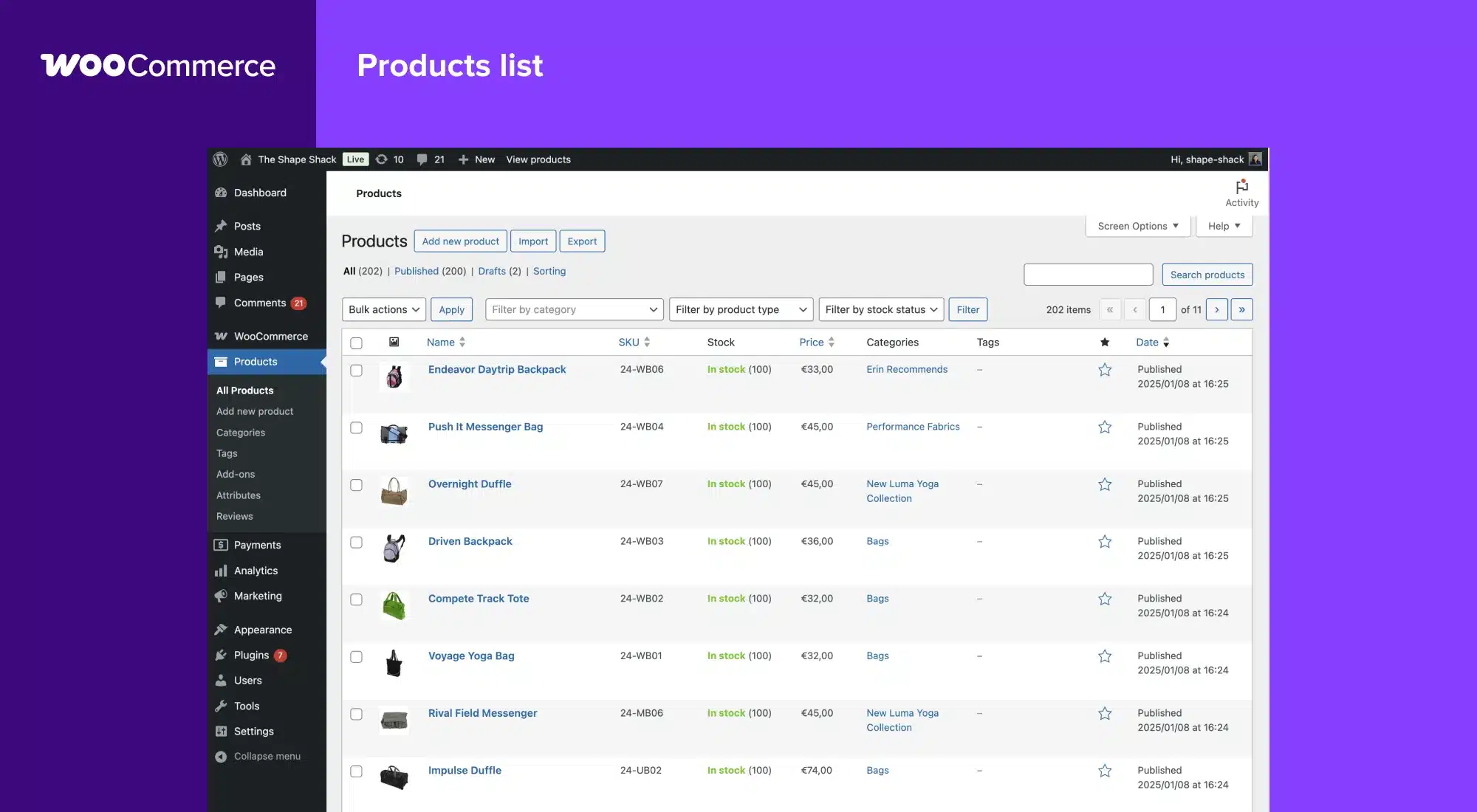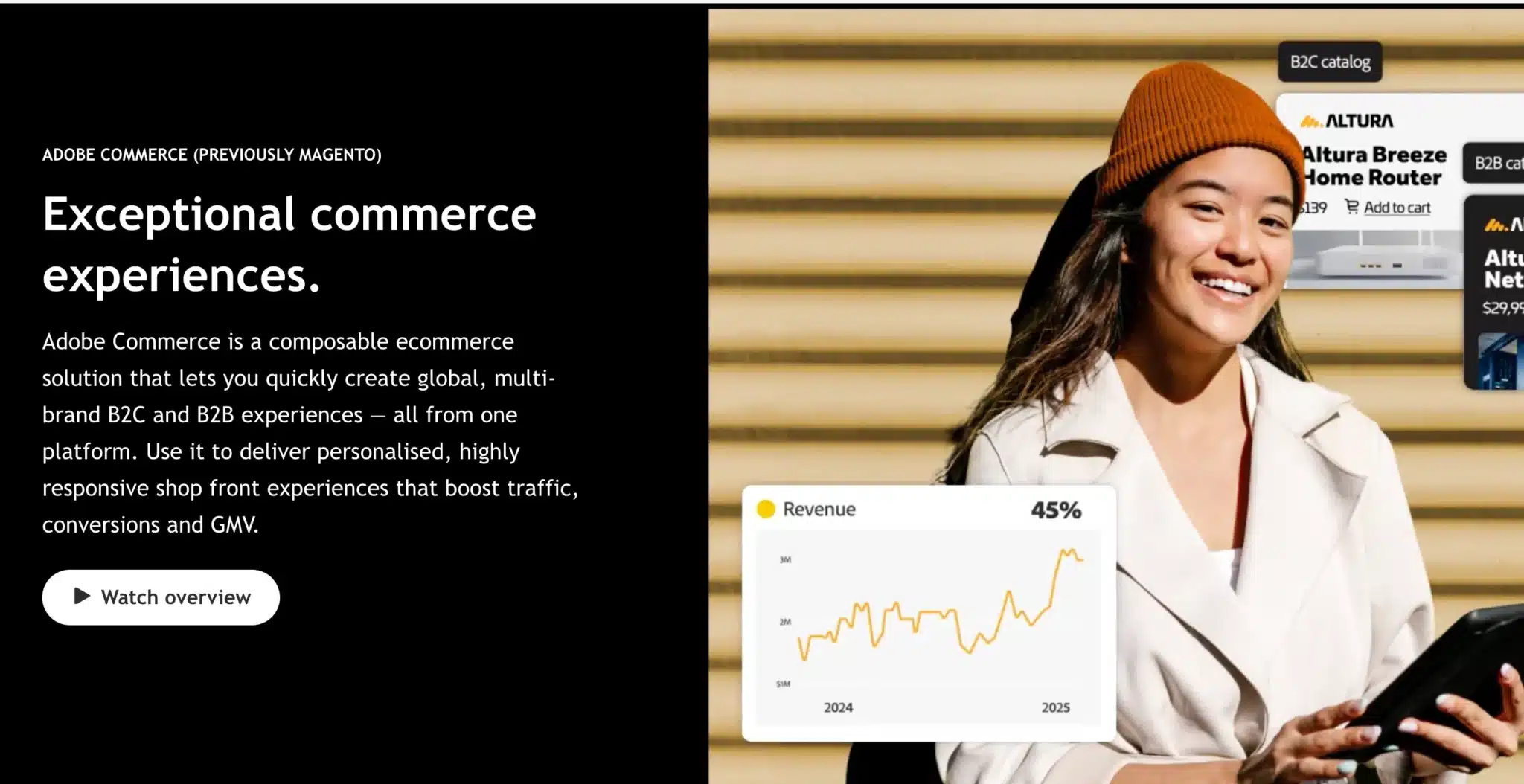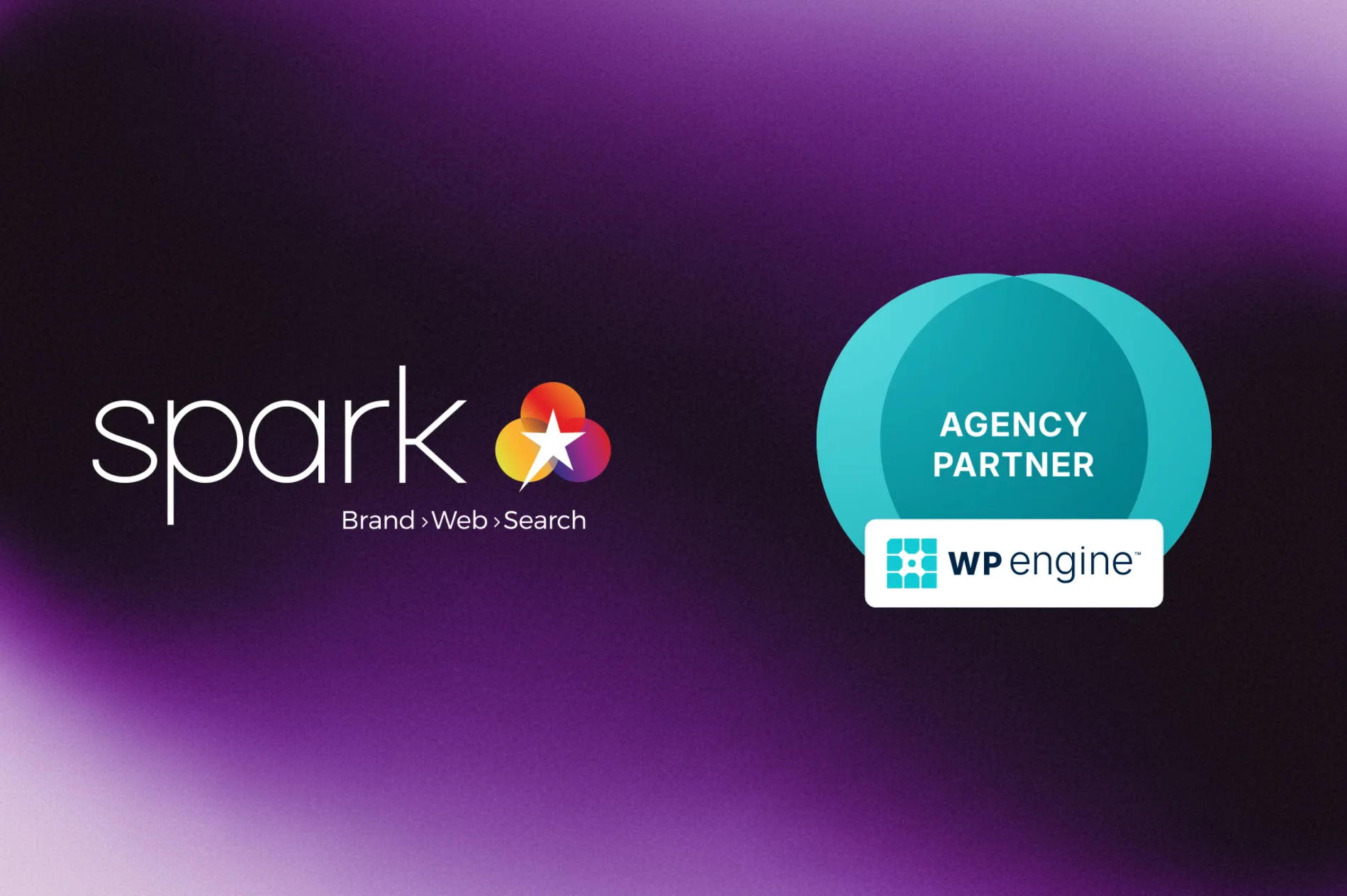Launching an eCommerce website is a big step for Aussie businesses wanting to tap into the booming online market. But one of the first questions is always the same: How much will it cost?
With billions spent online every year, a well-designed store isn’t just a nice-to-have—it’s a must. This guide breaks down the real costs of eCommerce website design in Australia, covering key pricing factors, platform choices, hidden expenses, and smart budgeting tips to keep your online store profitable.
What Affects eCommerce Web Design Costs in Australia?
Building an eCommerce website isn’t just about picking a platform—it’s about balancing design, features, and long-term maintenance. Here’s what drives the costs:
1. Platform Choice & Setup Costs
Your platform is the foundation of your store—pick the right one, and things run smoothly. Pick the wrong one, and you’ll be stuck with tech headaches or limitations. Here’s a quick breakdown of the top choices for Aussie businesses:
Shopify
A hosted solution that starts at $42 AUD/month, with higher-tier plans up to $431 AUD/month or $2,300+ USD/month for Shopify Plus. Expect extra costs for apps and premium themes.

WooCommerce
Free to install but requires hosting ($5–$30/month), security certificates, and paid plugins, which can push costs beyond $1,000/year.

Magento Open Source
Free to use, but you’ll need to cover expenses like hosting, development, and maintenance.

Adobe Commerce (formerly Magento Commerce)
Licensing fees start at $22,000 USD per year for businesses with annual gross revenues up to $1 million. As your revenue increases, so do the licensing fees, scaling up to $125,000 USD per year for revenues between $25 to $50 million.

2. Design Complexity & Customisation
Once you’ve picked a platform, the next cost factor is how your site looks and functions. Some businesses can work with a simple theme, while others need custom designs built from scratch.
Template-based design
The most affordable option, with costs ranging from $2,000–$5,000 AUD. Best for businesses that need a quick launch.

Custom design
A unique, tailored site that starts at $5,000 AUD and can exceed $20,000 AUD, depending on the complexity of Branding, animations, and UX elements.

Mobile optimisation
Most platforms include responsive designs, but advanced mobile performance tweaks can increase costs.
3. Features, Security & Functionality
The more features you add, the higher the cost. Some are essential, while others are premium add-ons.
Payment gateways
Setting up Stripe, PayPal, Afterpay, or ZipPay typically adds $200–$500 AUD in setup fees.
Security & compliance
SSL certificates and PCI compliance are a must, costing $100–$300 AUD/year.
Inventory & product management
Advanced stock control, automation, and integrations can range from $1,000–$5,000 AUD, depending on your needs.
4. Hosting & Ongoing Maintenance
Your platform choice affects hosting and maintenance costs too. Some platforms, like Shopify, include hosting, while others, like WooCommerce and Magento, require separate hosting services.
Hosting
Starts at $20 AUD/month for small sites, but larger businesses might need dedicated servers costing $200+ AUD/month.
Ongoing maintenance
Regular updates, backups, and security monitoring range from $50–$200 AUD/month. Ignoring maintenance can lead to downtime, security risks, or slow performance.
Related article: Australian Ecommerce Statistics
How to Cut eCommerce Website Development Costs Without Sacrificing Quality
Building an eCommerce site doesn’t have to break the bank. Whether you’re launching a small business website or scaling up, here’s how to keep your website cost down while still getting a high-performing store:
1. Get Multiple Quotes & Compare What’s Included
Not all website development quotes are equal. Some agencies bundle SEO services, website maintenance, and web hosting, while others charge extra. Always ask what’s included before you commit.
2. Consider Freelancers—But Choose Wisely
Platforms like Upwork, Freelancer, or Airtasker can connect you with experienced WordPress website developers at lower rates. Just be sure to vet their work—cheap doesn’t always mean good.
3. Use Pre-Built Templates & Website Builders
Custom designs are great, but a well-optimised website builder like Shopify or a WordPress website with a quality theme can cut development costs dramatically. You can always upgrade later.
4. Work with Local Experts for Better Support
Hiring a local Australian agency or developer means better communication, faster turnarounds, and a team that understands your ecommerce business needs—without the timezone headaches.
5. Bundle Services to Save More
Many agencies offer discounts if you bundle website development, website hosting, and SEO services together. Long-term partnerships can also lead to better rates on website maintenance.
6. Know Where to Spend & Where to Save
Skip unnecessary extras in the beginning—focus on essential ecommerce website development features like payment gateways and mobile-friendly design. You can always add advanced features later as your ecommerce site grows.
Cutting Costs on eCommerce Website Development: The Trade-Offs
Finding ways to reduce your website cost is smart, but there are trade-offs to consider. While DIY solutions and budget-friendly options can get your small business website up and running, they may come with additional costs down the road—like slow performance, limited scalability, or expensive fixes when things go wrong.
This is where working with experienced web development professionals can save you time, money, and headaches in the long run. But do you really need an agency?
When Does Hiring a Web Design Agency Make Sense?
Not every ecommerce business needs a full-service agency. But if your site is central to your revenue, a well-built ecommerce website development project can boost sales, improve user experience, and minimise long-term website maintenance costs.
Here’s when hiring an agency is worth considering:
1. Your Business Needs More Than a Basic Website
If a free website or basic website builder won’t support your goals—like custom features, seamless checkout, or advanced marketing tools—an agency can build a website development strategy tailored to your needs.
2. You Want a Scalable, High-Performing Site
A slow, poorly optimised ecommerce site can drive customers away. Agencies ensure your WordPress website or ecommerce platform is optimised for speed, SEO, and conversions.
3. You Don’t Have the Time or Expertise
Building a page website yourself or hiring multiple freelancers can be time-consuming. An agency streamlines web development, website hosting, and website maintenance, so you can focus on running your business.
4. You Need Long-Term Support
Beyond the initial website cost, an agency can manage web hosting, updates, and seo services to keep your site competitive. This prevents surprise ongoing costs and keeps your store running smoothly.
Choosing th Right Web Design Agency for Your eCommerce Business
The right agency won’t just build a page website—they’ll create a high-performing ecommerce platform that drives sales. Here’s how to choose wisely:
1. Know What You Need Before Getting Quotes
Clearly outline the type of site you want, from a simple WordPress website to a full-scale BigCommerce store. Define essential features to avoid unnecessary ongoing costs later.
2. Compare Agencies, Not Just Prices
A low cost estimate doesn’t mean great results. Look at portfolios, past web design projects, and real client results—not just the pricing.
3. Check Reviews & Case Studies
An agency’s track record matters. Look at digital marketing case studies and cost analysis examples to see how they’ve helped similar businesses grow.
4. Clarify Ongoing Costs & Support
Some agencies offer a fixed monthly fee for website hosting, maintenance, and updates. Others charge per hour. Make sure you understand the total cost before signing.
5. Look for Full-Service Value
Beyond website design, a great agency can handle the cost of copywriting, SEO, and conversion optimisation—saving you time and money in the long run.
Build Smart, Sell More: The Right eCommerce Site Pays Off
A small business website isn’t just an expense—it’s an investment in online sales. Whether you need a simple website or a complex site packed with features, the right approach saves you money and boosts long-term growth.
Cutting corners can cost you more in the long run. A well-planned website design ensures your store runs smoothly, attracts website visitors, and turns clicks into customers.
Need an eCommerce website built for success? Spark’s web development experts are here to help. Let’s create a site that works—get in touch today.





